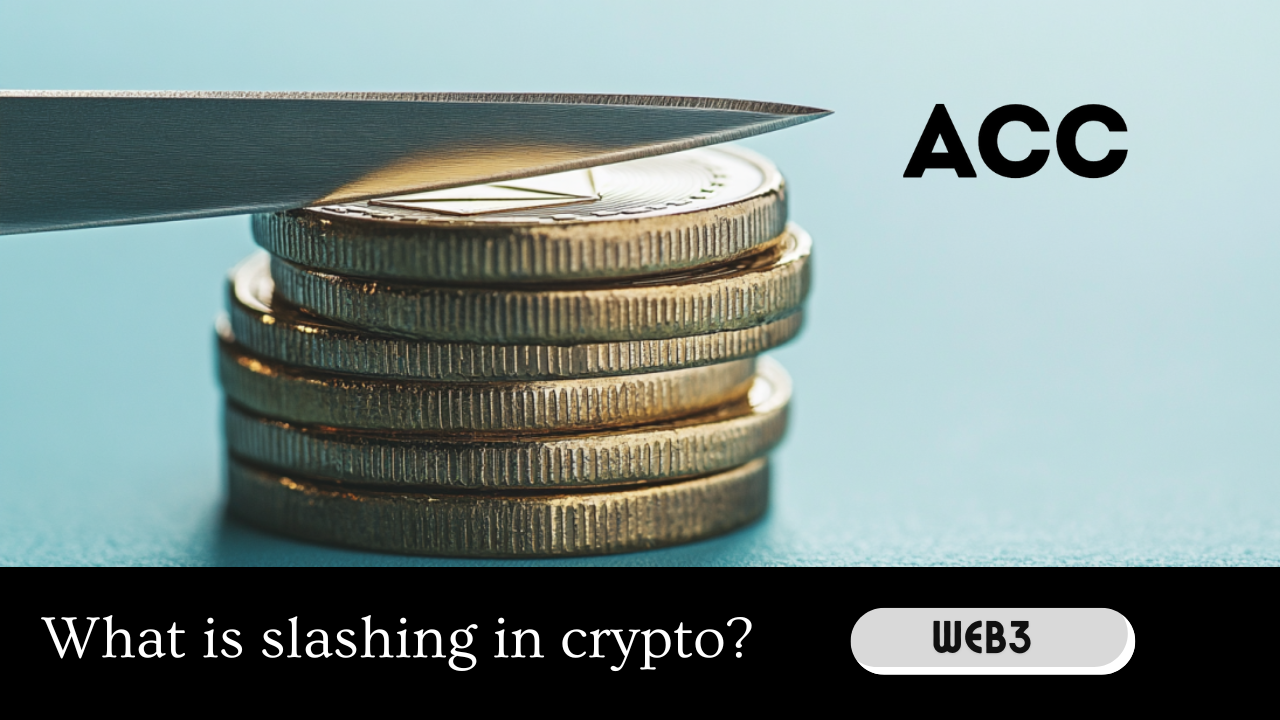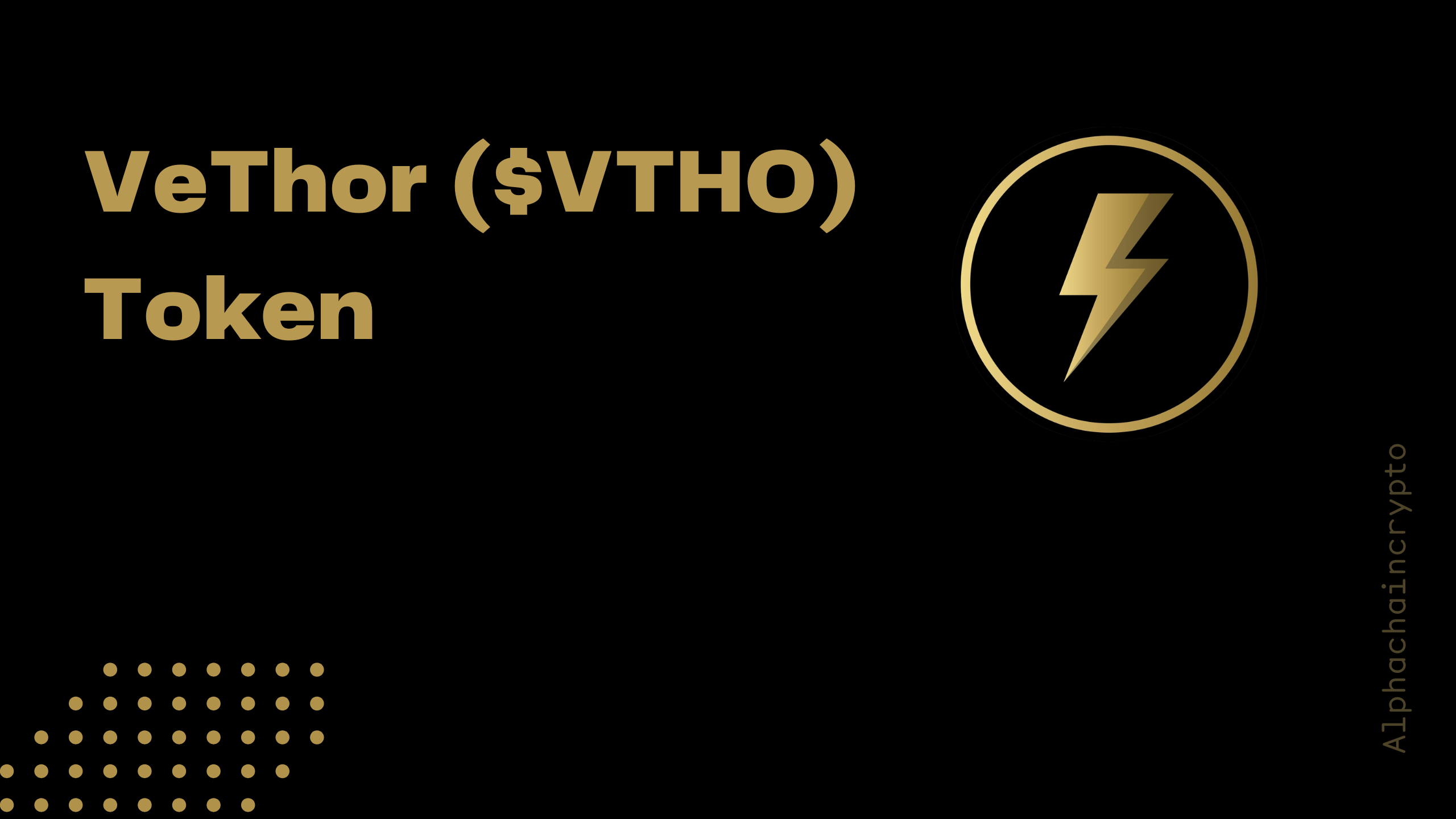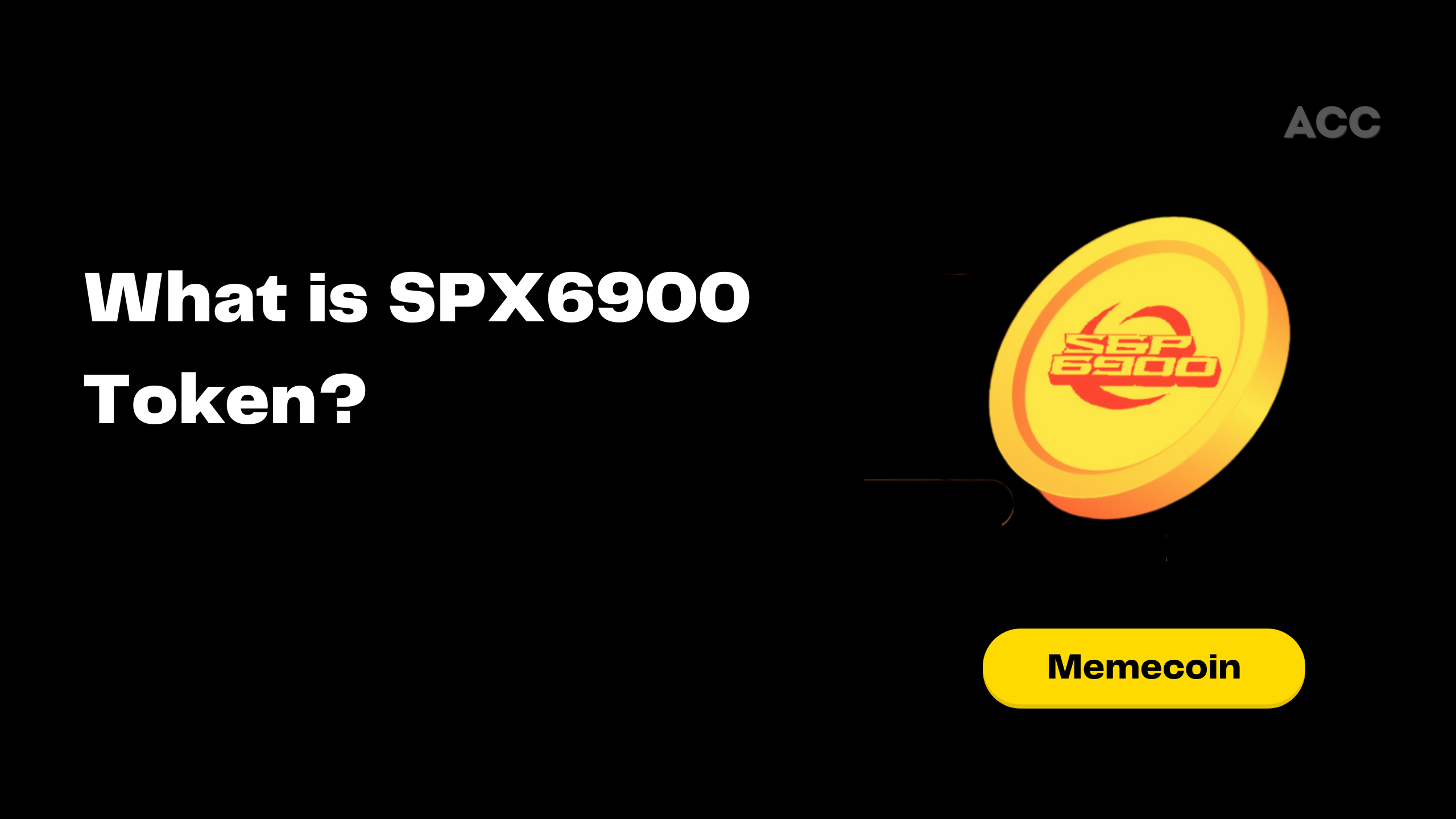In the world of blockchain technology, security and integrity are paramount. To ensure these qualities, various consensus mechanisms have been developed, among which Proof-of-Stake (PoS) has gained substantial traction. An essential component of PoS is a mechanism known as slashing. Slashing serves as a deterrent to dishonest or negligent behavior by validators, thereby safeguarding the network’s stability and reputation. This article delves into the concept of slashing, explaining its implementation, impact, and significance on blockchain networks like Ethereum, Polkadot, and others.
Understanding Slashing in Blockchain
Slashing is a punitive measure applied to validators within a PoS blockchain network when they engage in activities that are deemed harmful to the network. These activities may include producing invalid blocks, double-signing transactions, or failing to stay online, thereby compromising the network’s security or efficiency.
When a validator is slashed, a portion of their staked tokens is either burned or confiscated. This loss of stake acts as a deterrent against malicious behavior and encourages validators to adhere strictly to the network’s rules.
How Does Slashing Work?
The process of slashing typically involves the following steps:
- Violation Detection: The network identifies that a validator has engaged in prohibited activities, such as double-signing, downtime, or attesting to conflicting blocks.
- Penalty Application: Once a violation is confirmed, a portion of the validator’s staked tokens is deducted, and depending on the severity of the violation, the validator may be forcefully removed from the network.
- Broadcast of Violation: The validator’s misbehavior is publicly recorded on the blockchain, ensuring transparency and deterring others from engaging in similar activities.
Common Reasons for Slashing
Slashing usually occurs for several key reasons:
- Double-Signing: This refers to a validator signing off on two or more conflicting blocks for the same slot. Such behavior can lead to a “fork” in the blockchain and disrupt the integrity of the network.
- Downtime: When a validator is offline or unable to participate in the consensus process, it risks being slashed for being unreliable.
- Invalid Block Proposals: Submitting blocks that do not adhere to the network’s rules or consensus algorithm can lead to slashing penalties.
The Role of Slashing in Proof-of-Stake
In a PoS blockchain system, validator nodes play a crucial role in maintaining network operations. Validators are responsible for recording the network’s transaction history and reaching consensus on new blocks of transactions. They stake their own assets as collateral to become validators, and slashing ensures that these participants are aligned with the network’s best interests.
This alignment of incentives is critical. With large sums of money at stake, validators are strongly motivated to act honestly. Slashing acts as a safeguard to prevent them from undermining the network’s security or efficiency. Validators must not only participate in achieving consensus but also avoid any behavior that could harm the blockchain’s integrity.
Penalties Associated with Slashing
When a validator is slashed, the penalties can vary depending on the network and the type of violation. In the case of the Ethereum blockchain, slashing penalties are applied in three distinct steps:
- Immediate Burn: A small portion (up to 1 Ether) of the validator’s stake is burned instantly upon detection of the misbehavior.
- Removal Period: After the initial penalty, a 36-day removal period begins. During this period, the validator’s stake continues to decrease due to additional penalties incurred from downtime.
- Correlation Penalty: On the 18th day of the removal period, an additional “correlation penalty” is applied. This penalty scales with the number of validators slashed within the same period. In a worst-case scenario, a validator could lose their entire stake (up to 32 Ether).
Examples of Major Slashing Events
Since the launch of Ethereum’s Beacon Chain, several notable slashing events have occurred. Understanding these incidents helps illustrate the consequences of validator misbehavior. Some examples include:
- Medalla Testnet Incident (August 14, 2020): A software bug led to approximately 3,000 validators being slashed due to a time discrepancy caused by a flawed fix released by the Prysm client team. Each validator lost 1 Ether, resulting in a total loss of 3,000 ETH.
- Operational Failures (February 2, 2021): An operator attempted to scale up the number of beacon nodes, causing validators to restart frequently and sign a second version of the same block. This operational failure led to a loss of 100 ETH for the affected validators.
- Kusama Dispute-related Slashing (December 9, 2022): A large number of disputes caused a deadlock between parachain sub-systems in the Kusama network. Validators were penalized for being offline, resulting in an equivocation slashing.
Inactivity Leak in Ethereum
Apart from slashing, the Ethereum blockchain has a unique mechanism known as the inactivity leak, which helps the network recover from periods of inactivity. An inactivity leak is triggered when the consensus layer goes four or more epochs (around 6.4 minutes per epoch) without finalizing. This protocol ensures that the stake belonging to inactive validators leaks away until the active validators can finalize blocks again.
In such cases, the slashing penalty starts small but increases over time, effectively pushing inactive validators to rejoin the network or forfeit their stake. The goal is to prevent prolonged periods of non-finalization, which can undermine the blockchain’s overall security.
Do All Proof-of-Stake Blockchains Implement Slashing?
Not all PoS blockchains use slashing. For example, Avalanche and Cardano do not currently implement slashing. This has led to ongoing debates within the blockchain community regarding the necessity and fairness of slashing. Critics argue that slashing could punish validators for honest mistakes, such as running outdated software or experiencing technical difficulties.
Conclusion
Slashing is a critical component of maintaining security and fairness within PoS blockchain networks. It serves as both a deterrent against malicious behavior and a motivator for validators to act responsibly. While slashing is a powerful tool, it is not without controversy. Its implementation and the severity of penalties vary across different networks, reflecting the diverse approaches within the blockchain ecosystem to ensuring network security and efficiency.

A.k.a – alpha girl. Vinita is the founder of Alphachaincrypto. An English Lit Majors, Vinita bumped into Web3 in 2020 only to realise that tech was her calling. Later, Mathreja worked for some notable brands like Near Education, Biconomy, CoinDCX and top of the line crypto start ups.





